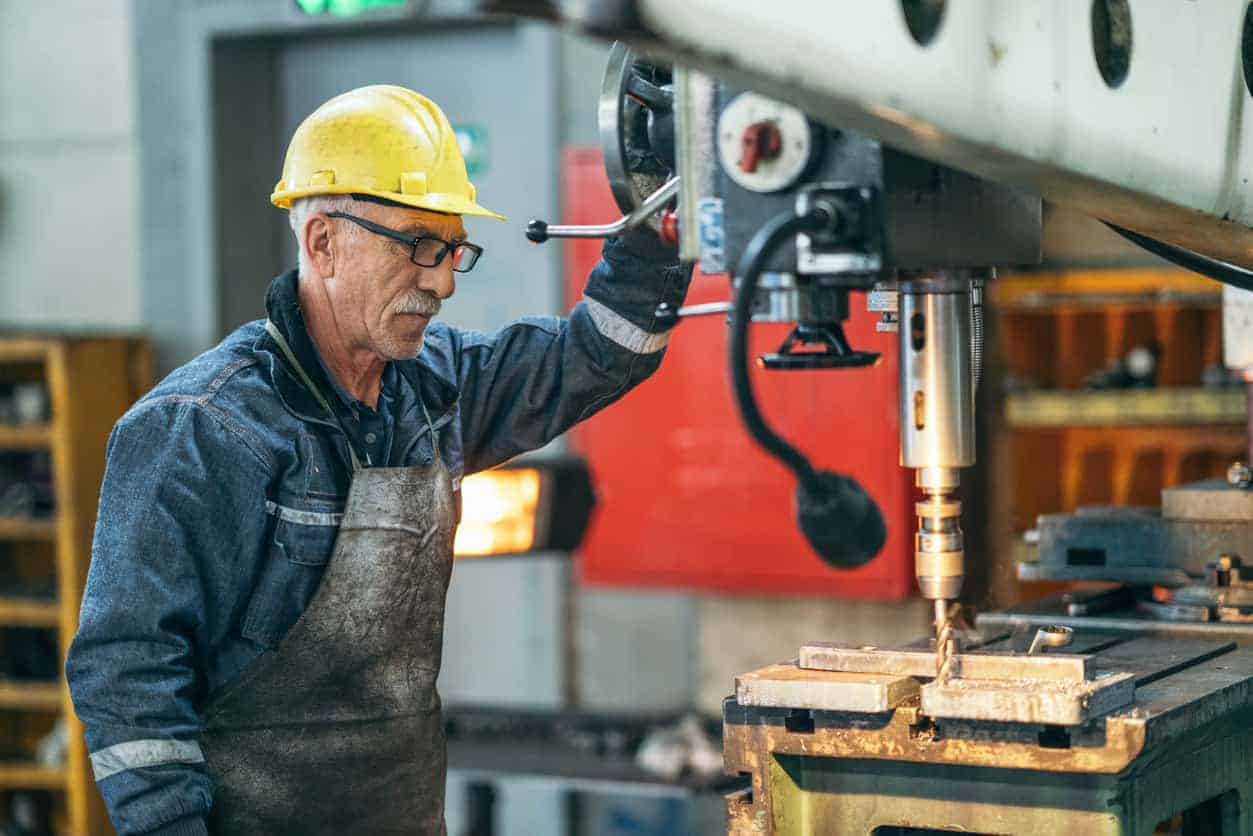Earlier this year, the U.S. Bureau of Labor Statistics analyzed workplace fatalities of workers age 55 and older and found that while the overall number of fatalities declined from 1992 to 2017, the number of work-related deaths for older workers increased. Older farmers, in particular, faced unique hazards, including rollover accidents involving tractors or other vehicles. In this article, we break down the BLS’s findings to better understand the true risks facing older workers.
More Older Americans Working
From 1992 to 2017, the number of people ages 55 years and older (“older workers”) in the U.S. workforce doubled. This increase was largely influenced by two factors. First, the population of people ages 55 and older (the baby boom generation) increased. Second, older Americans are more likely to be part of the workforce than they were before the 1990s. For example, in 1985, the labor participation rate for workers age 65 and older was 10.4 percent, but that number has increased to 20.3 percent. The rate for workers age 75 and older has risen from 4 percent to 9.7 percent.
People are working later into life for a few reasons. Longer life expectancies, elimination of mandatory retirement rules, and the changing nature of retire income all factor into a person’s decision to continue working later in life.
Findings
Overall, there was a 17 percent decrease in fatal workplace injuries from 1992 to 2017. In 2018, there were 5,250 occupational fatalities, which was an increase from 2017. In fact, workplace fatalities have been up in recent years. However, it is important to note that the workplace is not getting more dangerous. In fact, every age group has experienced a decline in fatality rates since, 2006.
However, older workers had 56 percent more workplace fatalities in 2017 than in 1992. Also, workers over 65 years old experienced 775 workplace fatalities in 2017, which is the highest number ever recorded (an increase of 87 fatalities since 2016 and a 66 percent increase since 1992).
In addition to an increasing number of fatalities, older workers were statistically more likely to be fatally injured than younger workers. The fatal injury rate for workers age 65 and older was 10.3 per 100,000 full-time equivalent (“FTE”) workers, and for age 55 to 64 the rate was 4.6 per 100,000 FTE. The rate for all workers was 3.5 per 100,000. It should be noted that deaths on the job due to natural causes are not included in these statistics.
Lingering injuries. Workers over 55 years old were also more likely than younger workers to die of lingering injuries in the days, weeks, or months after the accident. This makes sense given that older people have more trouble recovering from injuries and may be more prone to suffer certain kinds of injuries like hip fractures.
Kinds of accidents. Roadway incidents involving motorized land vehicles were the biggest cause of fatalities for younger and older workers. Deaths of older workers were predominantly caused when the worker is struck by an object, falling to a lower level, or behind hit by a vehicle (as a pedestrian). Workers 55 years and older were less likely to die from electrocution, homicide or suicide. Agriculture, forestry, fishing and hunting industries had the second-highest fatality rate in 2018; farmers ranchers and agricultural managers 55 years and older suffered 14 percent of occupational fatalities from 2003 through 2017, whereas workers in those roles who were 54 years and younger only represented 2 percent of fatalities. Nonroadway incidents like overturned tractors or all-terrain vehicles accounted were also significant for older workers.
Older farmers. The report also focused on older farmers, noting that from 2003 to 2017, 1 in 7 fatally-injured older workers was a farmer. They also accounted for a larger percentage of older worker fatalities in the following states: Nebraska (39%), Iowa (39%), North Dakota (37%), South Dakota (37%), and Wisconsin (35%). Older farmers and those in agricultural positions seem to be at greater risk.
In conclusion, older workers account for a large share of workplace fatalities, but particularly older farmers face unique hazards that place them at increased risk. While workplaces are generally safer, employers, especially those in the farming and agricultural industries, should continue to find ways to improve safety measures.
At Renfro & Renfro, our team of workers’ compensation attorneys is prepared to assist you in obtaining the Virginia workers’ compensation benefits you deserve. Contact us today for a free consultation.






